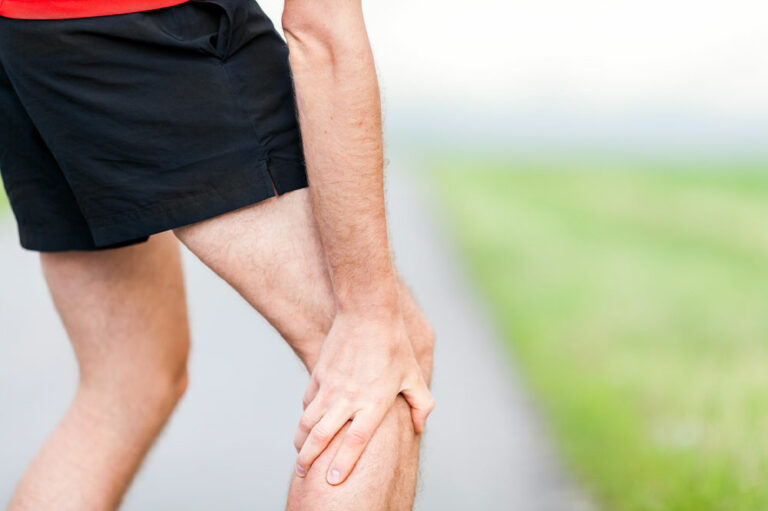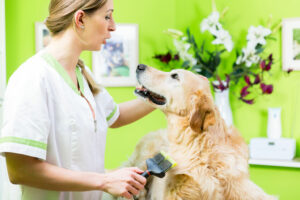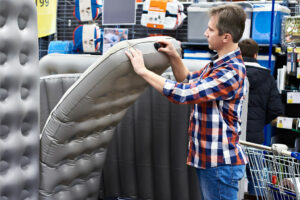
9 early warning signs of amyotrophic lateral sclerosis (ALS)
Amyotrophic lateral sclerosis (ALS), also known as Lou Gehrig’s disease, is a rare, progressive neurodegenerative disorder. It affects the nerve cells that control muscle movement in the brain and spinal cord. The condition can occur in anyone, irrespective of age, gender, or background. While there is currently no cure for ALS, early detection and therapies can significantly improve the quality of life for those affected. This article explores nine warning signs of ALS. Muscle weakness and atrophy One of the earliest and most prominent signs of ALS is muscle weakness and atrophy. Individuals with ALS may notice that they have difficulty with everyday tasks that require muscle strength, such as lifting objects, climbing stairs, or even holding a cup. These symptoms often start in a specific limb, like an arm or leg, and gradually progress. Difficulty speaking and swallowing ALS can also affect the muscles used for speaking and swallowing. Some people with ALS may experience slurred speech, find it challenging to articulate words clearly, or even have difficulty swallowing food and liquids. These speech and swallowing difficulties, known as dysarthria and dysphagia, respectively, can significantly impact an individual’s ability to communicate and eat. Muscle cramps and twitching Muscle cramps and fasciculations (involuntary muscle twitching) are common early signs of ALS.
Read More 











